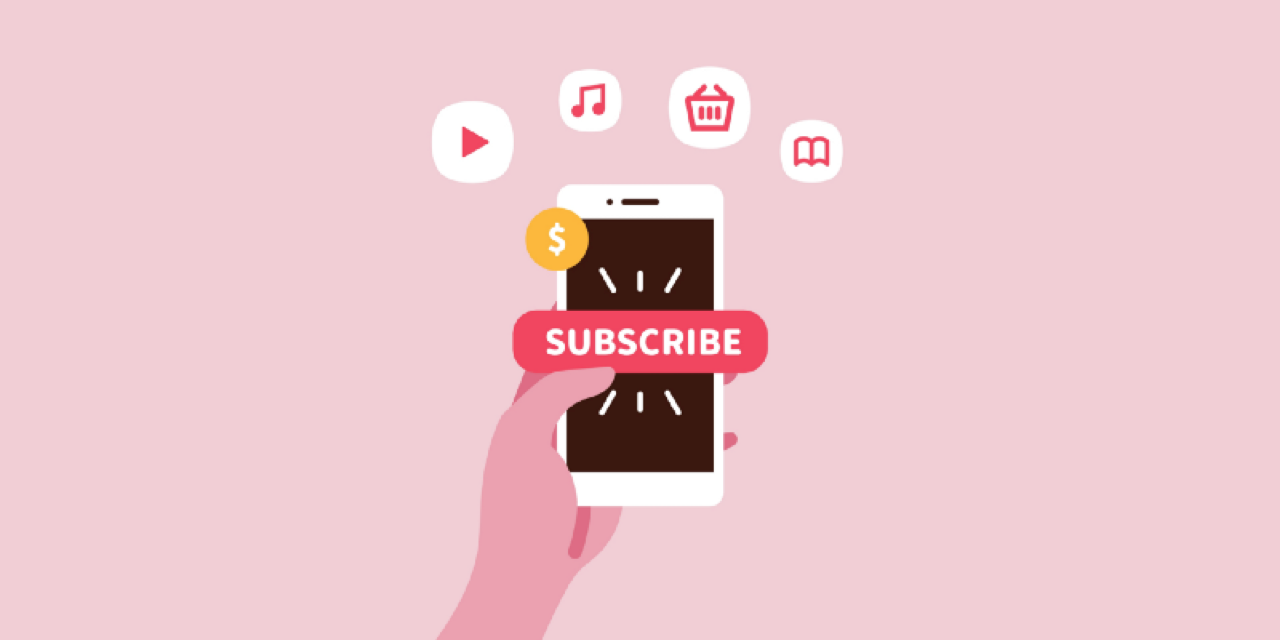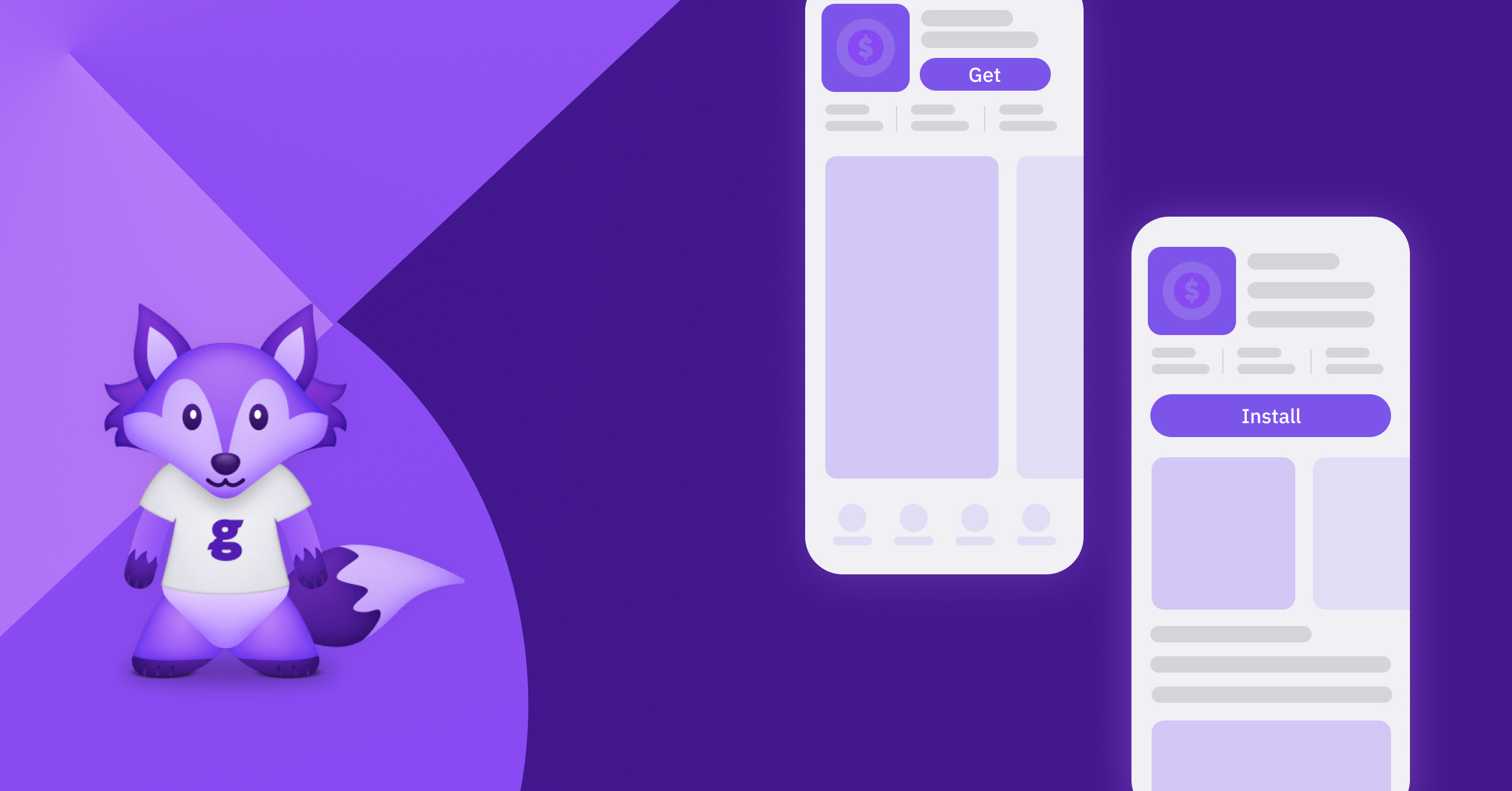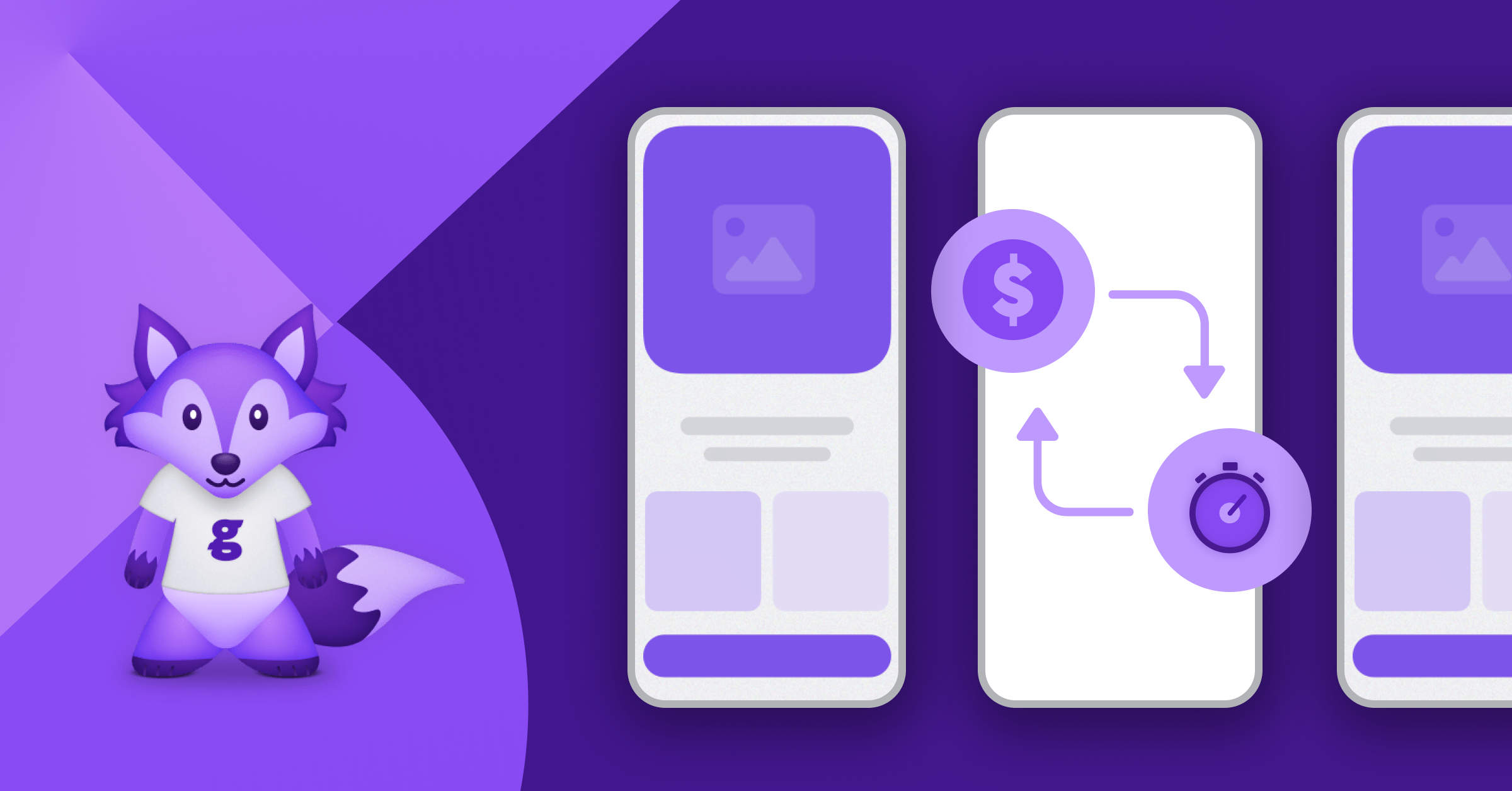Content
Benefits of the in-app subscription model

Subscription is a business model that brings good advantages to both app publishers and users…
Smartphones have changed the way we see the world. Nowadays, apps are a part of our daily lives. And as apps slowly become a bigger part of it, users are increasingly seeing the value in paying for apps.
The in-app subscription model is the present and future of premium–and freemium–apps. As an app publisher, attaining a wide reach and generating a continuous and reliable stream of income is incredibly valuable for app development. With recurring revenue, you can more easily predict the future and make improvements to the user experience while generating more revenue.
With that said, the in-app subscription model is still relatively recent. And it’s understandable that more than a few people are on the fence, if not entirely skeptical about it. New technology and ideas are always scary. But the more you understand it, the more you will see its value.
In this article, we’ll be diving into the in-app subscription model to show you the potential benefits for both publishers and users. And along with that, we’ll also check out the potential future of the subscription model and the risks and downsides to using it. That way, you get a vivid picture of why you should or shouldn’t use it for your application–being iOS, Android, or any other platform.
What Is The In-App Subscription Model?
The in-app subscription model is simple. If users pay a certain amount, they access your app’s premium features for a set amount of time. Users can usually choose the timeframe of their subscription, and when the subscription and time period ends or is not renewed anymore, the users can no longer access the features.
It’s fairly straightforward to understand, and it proved to be more successful and profitable than other business models, which is why app stores love it. This model allows users to try out and utilize features for a set amount of time for a set fee. This allows for a reliable and steady source of monetization.
Just like any concept, it does have its own downsides. For example, some scammers create and publish subscription-based apps and make money by relying on users forgetting to cancel a subscription or making the cancellation process difficult.
But for a lot of publishers, the pros greatly outweigh the cons, which is why it’s quickly growing to be the publisher’s favorite mode of app monetization, for both the AppStore and the PlayStore.
Benefits of the In-App Subscription Model for Publishers and Users
The beauty of using the in-app subscription model is that it isn’t just good for publishers, it’s good for users. With this model, it’s largely a win-win situation, which is a great way to generate a steady stream of income, which is highly valuable for both new apps and established brands.
So, here are some of the different ways the subscription model can benefit both users and developers.
For Publishers
In a nutshell, when using this model for your apps, you can generate a steady and more predictable stream of income, reach a wider audience, and even customize different offers according to users’ needs. But let’s dive into the details.
Reliable & Sustainable
To start, the subscription model gives you income upon which you can rely. Remember, users don’t pay a one-time payment for your features. Instead, they pay a regular fee that gives them access to the app’s premium features for a set period of time. So, if users like the features, they will consistently keep their membership.
And the moment a user no longer desires to make use of the application and its features, they will cancel the subscription and in turn — lose access to the features that it has provided thus far.
When you have a predictable and reliable source of income, you can make further developments to your app, which can improve the user experience and attract more customers.
Greater Reach
Subscription-based applications allow developers to reach a broader audience because the app is free to download, and very often also to test. This model allows users to compare multiple apps and then pay if they find it of value.
On the flip side, paid applications require users to pay upfront, which is not something users typically like as they don’t know what they are getting themselves into. And as a result, the downloads you’re going to get are going to be significantly less.
A good user experience is how you reach a wide audience. And with the in-app subscription model, you understand what your customers need.
Customization
Another great feature of the in-app subscription model is that you can customize the plans. For example, you can offer a basic package wherein customers can access the basic premium features for a monthly subscription. Then, you can offer other packages wherein customers pay a bigger fee for a longer subscription and access to a wider set of features.
You have all the control as publishers on how to price the features, which opens a wide set of different opportunities and finds the right offer for each different segment. On customization, we are still at a very early stage. There is a lot of value still unexplored for both publishers that are not able to capture all the value users would be willing to pay for, and users that are not willing to pay for suboptimal offers–either too expensive for their needs or with limited features included.
For Users
A subscription model isn’t just for publishers, it’s quite valuable for users as well. And here’s why.
Free Download and Trial
Subscription-based apps are usually free to download, and it’s pretty common to have a way to try the app for free–being freemium or with a free trial. This is a great advantage as users don’t have to pay big sums in advance for an app they can’t try, or they don’t know for how long they will need.
Moreover, app developers using subscriptions want to keep their users paying for as long as possible. And aside from keeping the app and content updated, they also try to find the right balance so that pricing doesn’t cost the user an unproportioned chunk of money that would be unreasonable.
Thus, rather than charging a one-time fee, which can be significant in order to be sustainable–developers rely on increasing the customer lifetime value and recouping revenue over time. This is also good for the users as they will get all the benefits of the application without having to pay a significant chunk of money upfront.
App Always Updated
To make a subscription-based application successful, developers need to increase the customer’s lifetime value–or in other words, get the users to stay subscribed and pay for mobile app subscriptions for as long as possible.
And users won’t do that if nothing within the application changes–being features, content, or quality. As a result of that, one of the biggest benefits to users is that the app will always be updated and improved. That’s not something you expect with one-time purchases.
Pay For As Long As You’d Like
When a user subscribes to an application, they can pay for the features and services the application offers for as long as they find value. And if they no longer find value in the app, they can unsubscribe.
That way, users don’t have to commit to paying a fee over a period of time. Rather, it’s much more on an on-demand basis.
Supporting Publishers and Developers
Finally, users that subscribe support the publisher directly in a number of ways. The main one though is that the developers can better predict their revenue from existing users, and as a result, they can better plan the future development of the application. Isn’t it fair to pay for a service you like, and that you find valuable?
Downside To In-App Subscriptions
One of the main downsides to this business model is the flexibility that scammers have to extract as much money from users as possible. While users are always informed they are about to pay and receive notifications for all transactions, lots of users are not yet familiar with how subscriptions work and how to unsubscribe. On this side, app stores are making subscriptions management easier, but should definitely do more to increase transparency.
Another major downside is how complex it is to build and manage subscription apps. While developers and publishers can do this all in-house, it can be complex and impractical. A possible solution is to hire third parties who can handle the subscriptions and offer a smooth experience for customers.
With third-party options like Glassfy, publishers can save months of complex development processes, release their minds and roadmap from periodical maintenance, and keep their focus on the core business: Making a better app.
Just the Beginning
At the end of the day, it’s important to remember that the subscription-based app business model is still relatively new and that there is a lot of innovation and improvements to be implemented. Some of the things that are currently trialed include customized pricing, hybrid payment structures, and different packages options. Moving forward, we can expect much more sophistication and customization.
Read More




